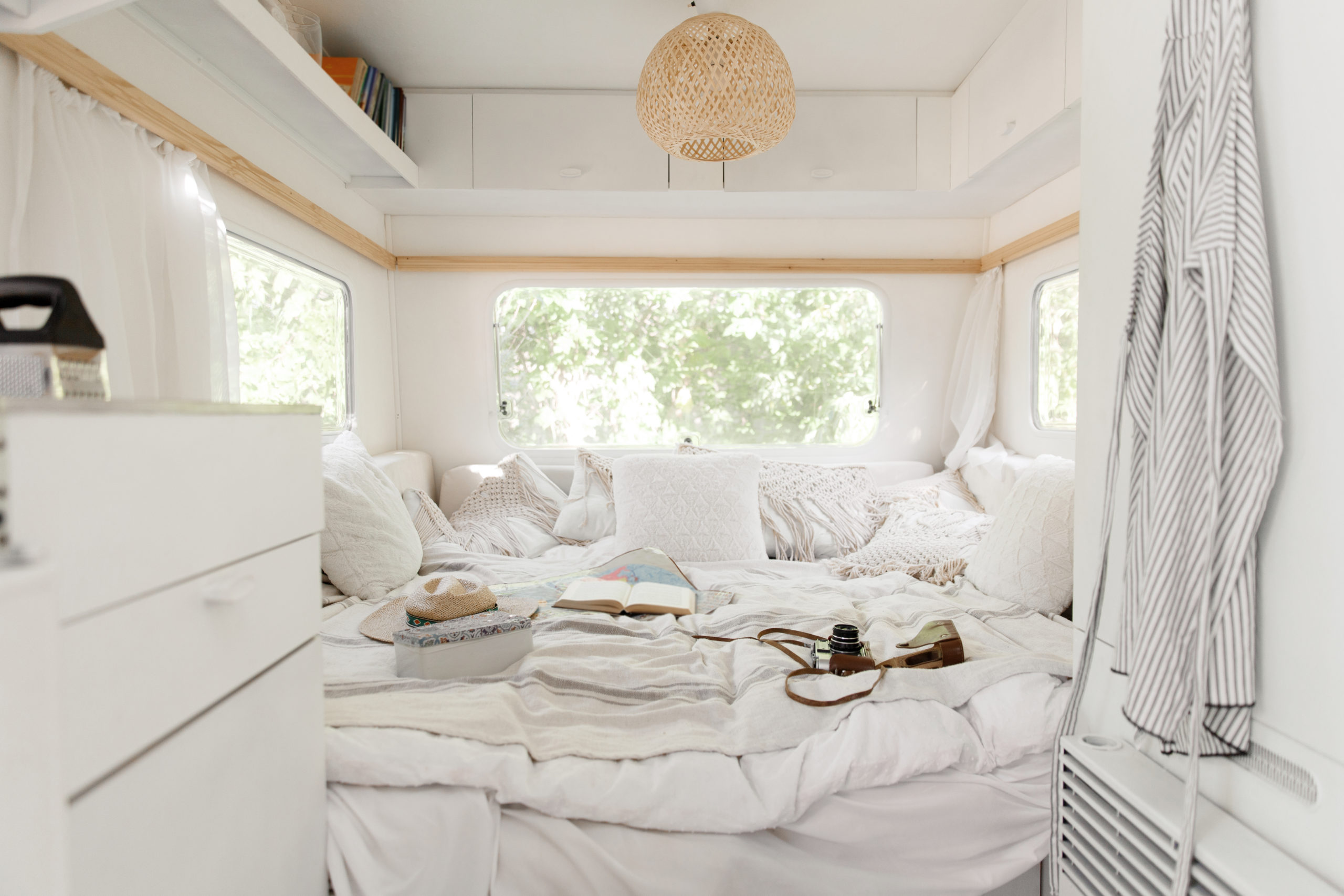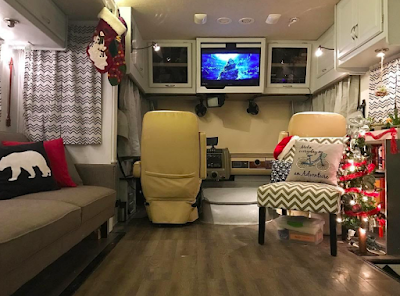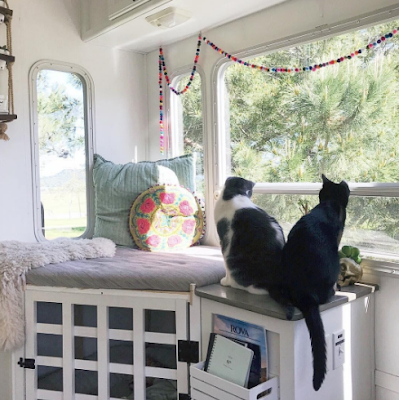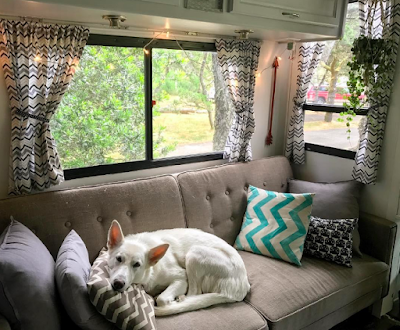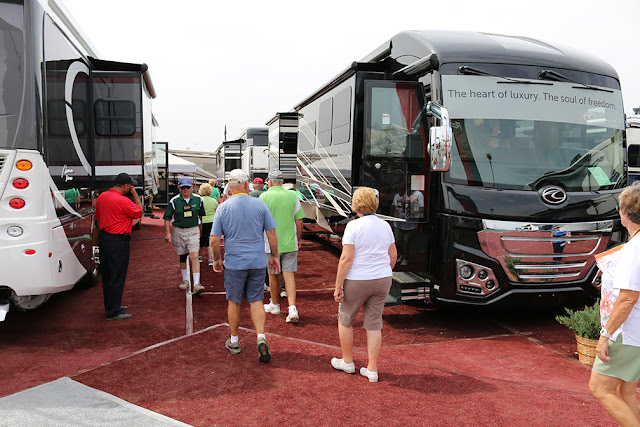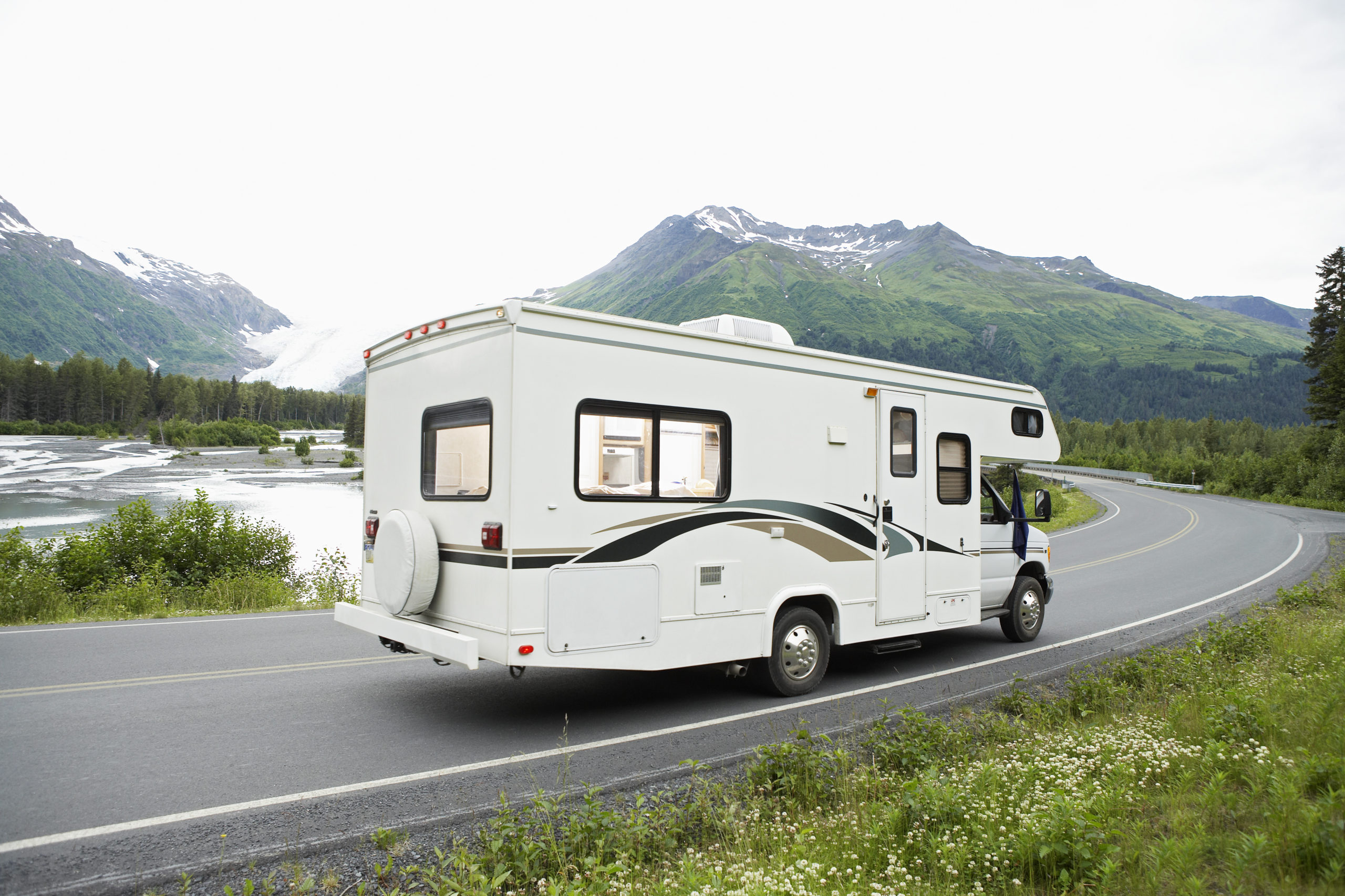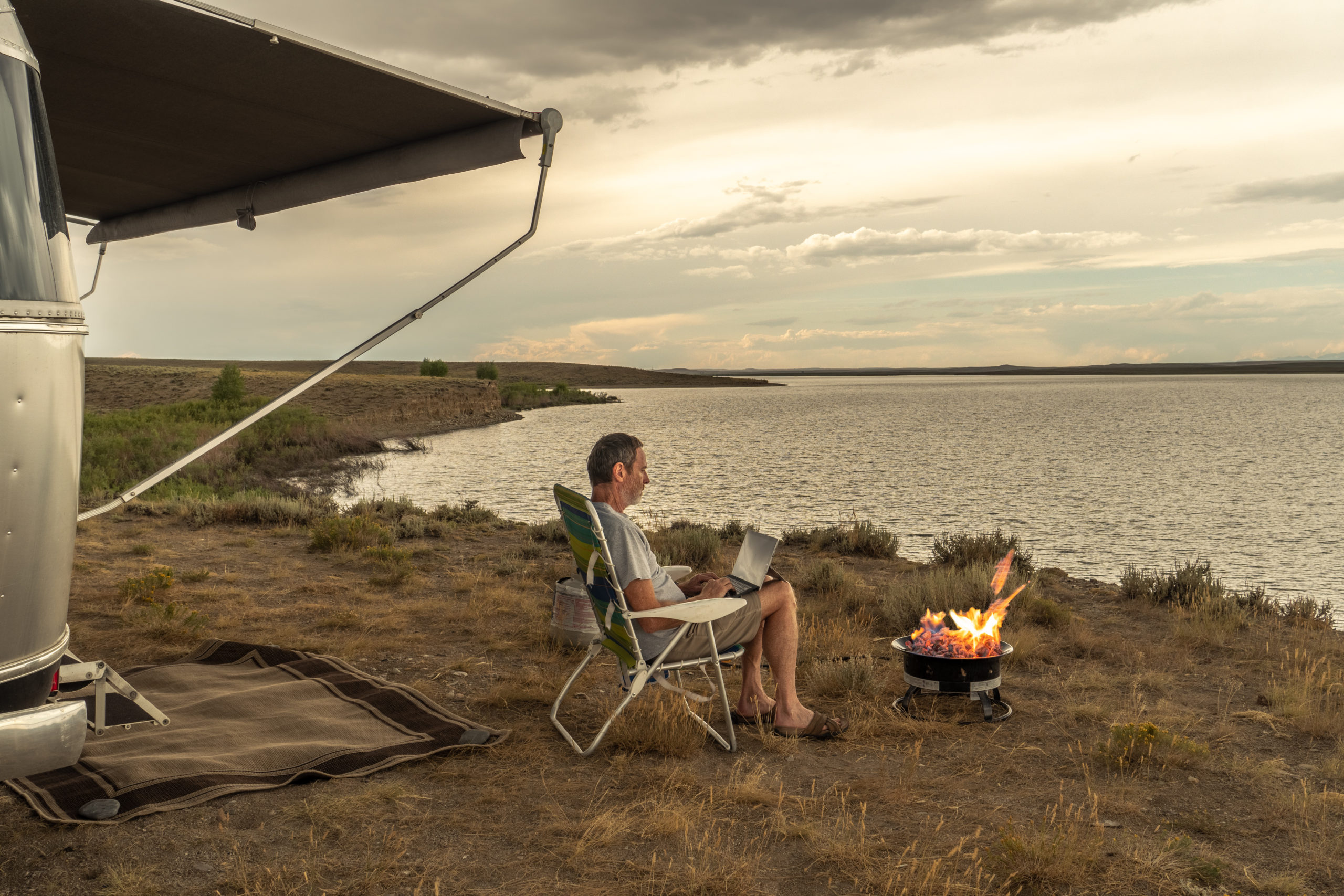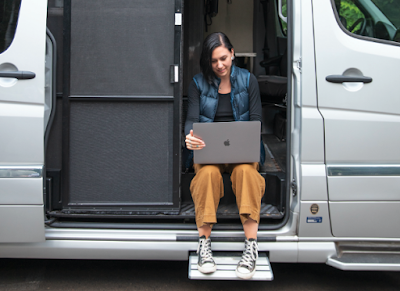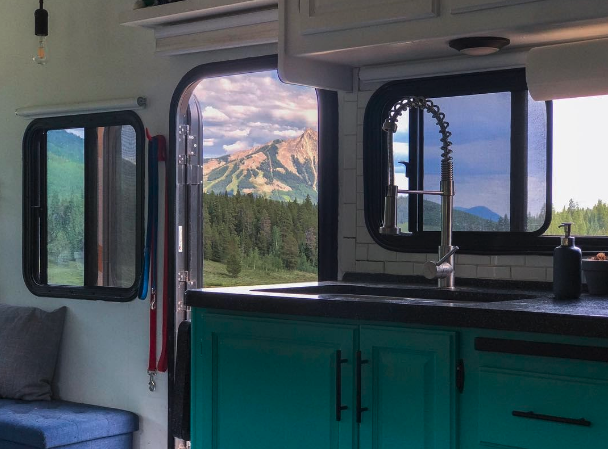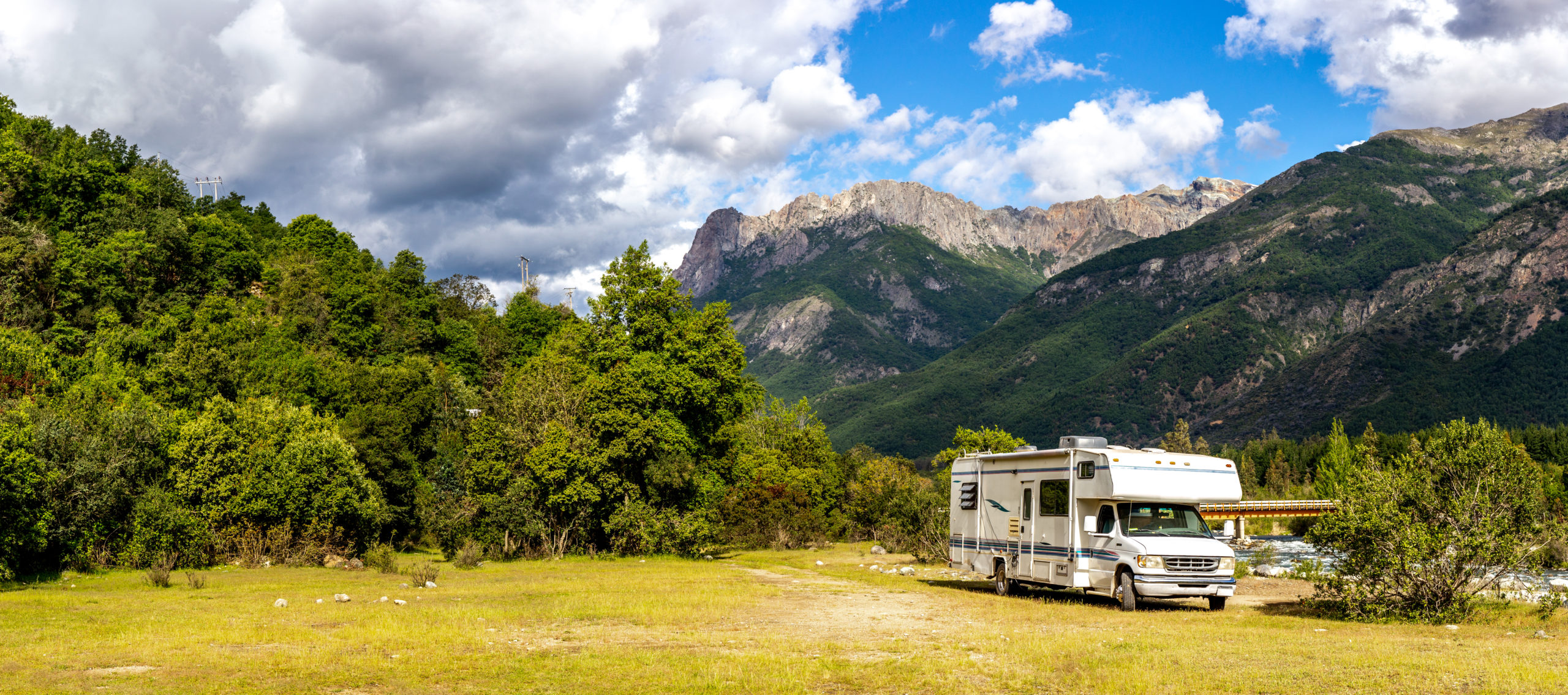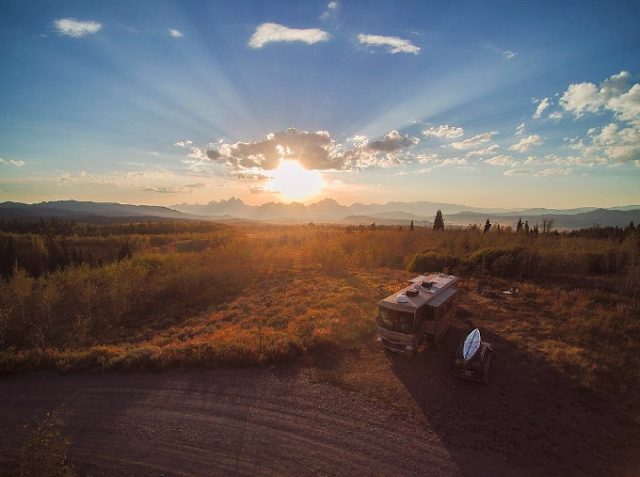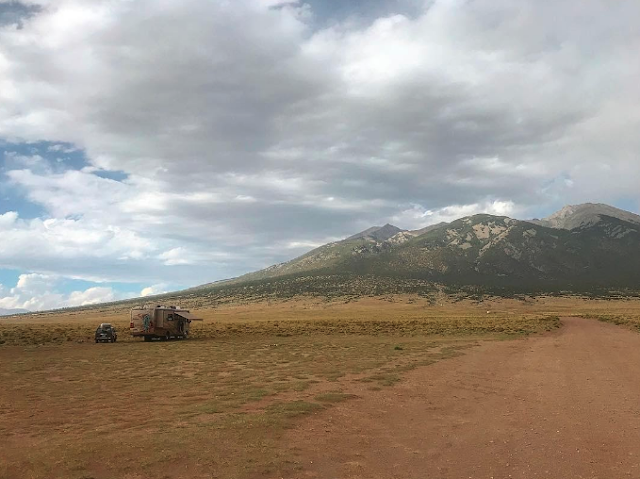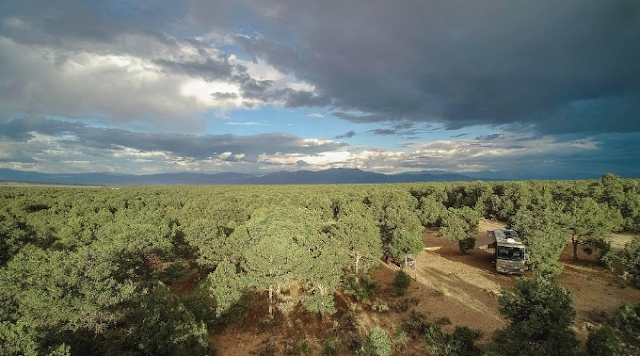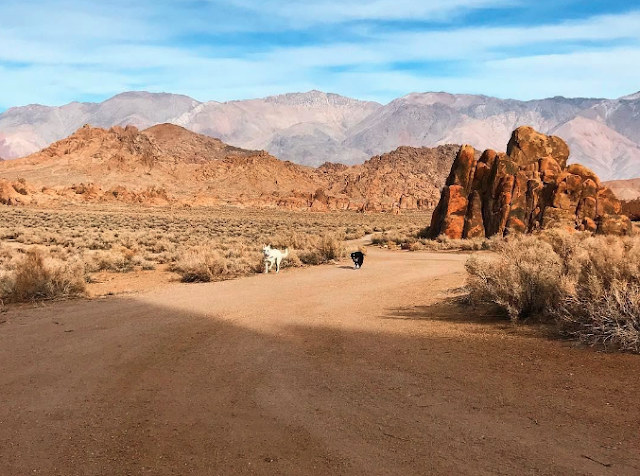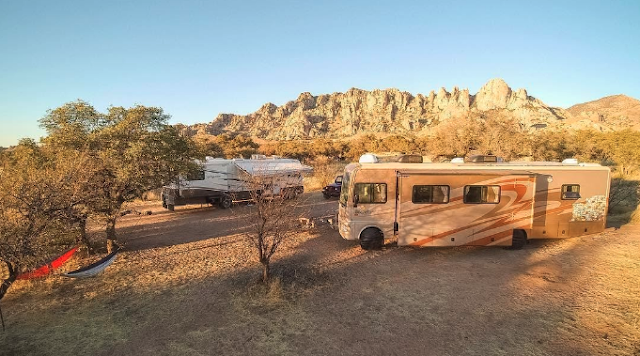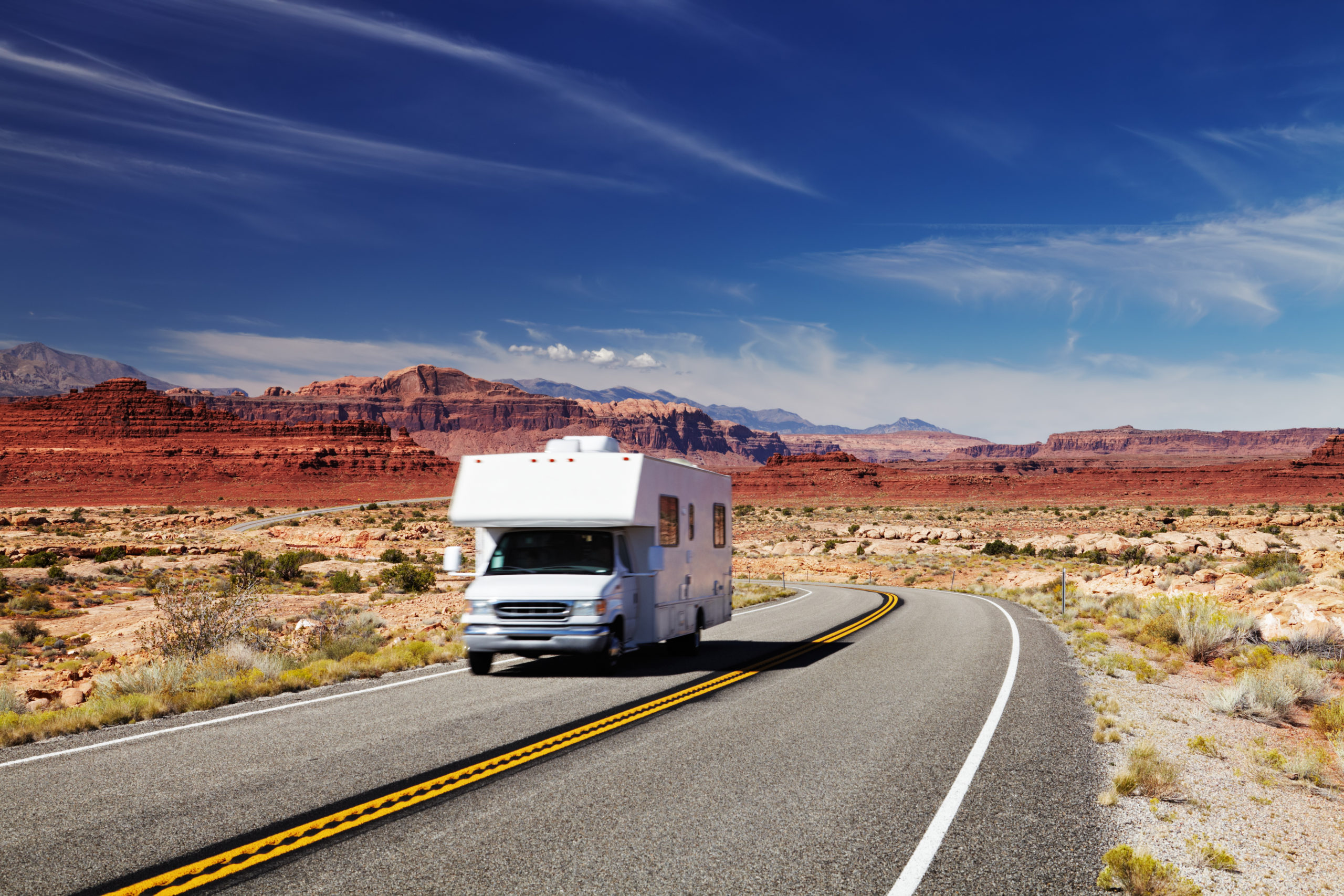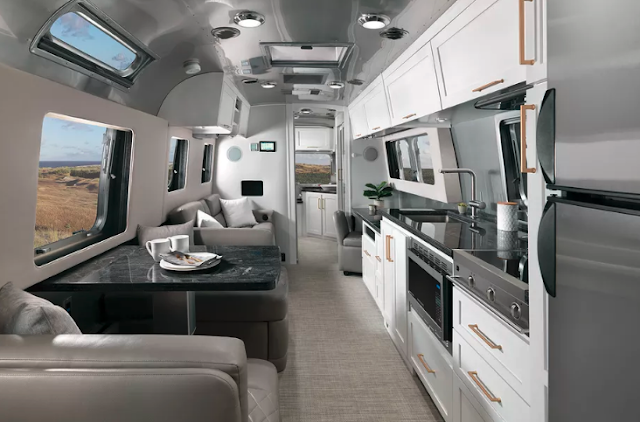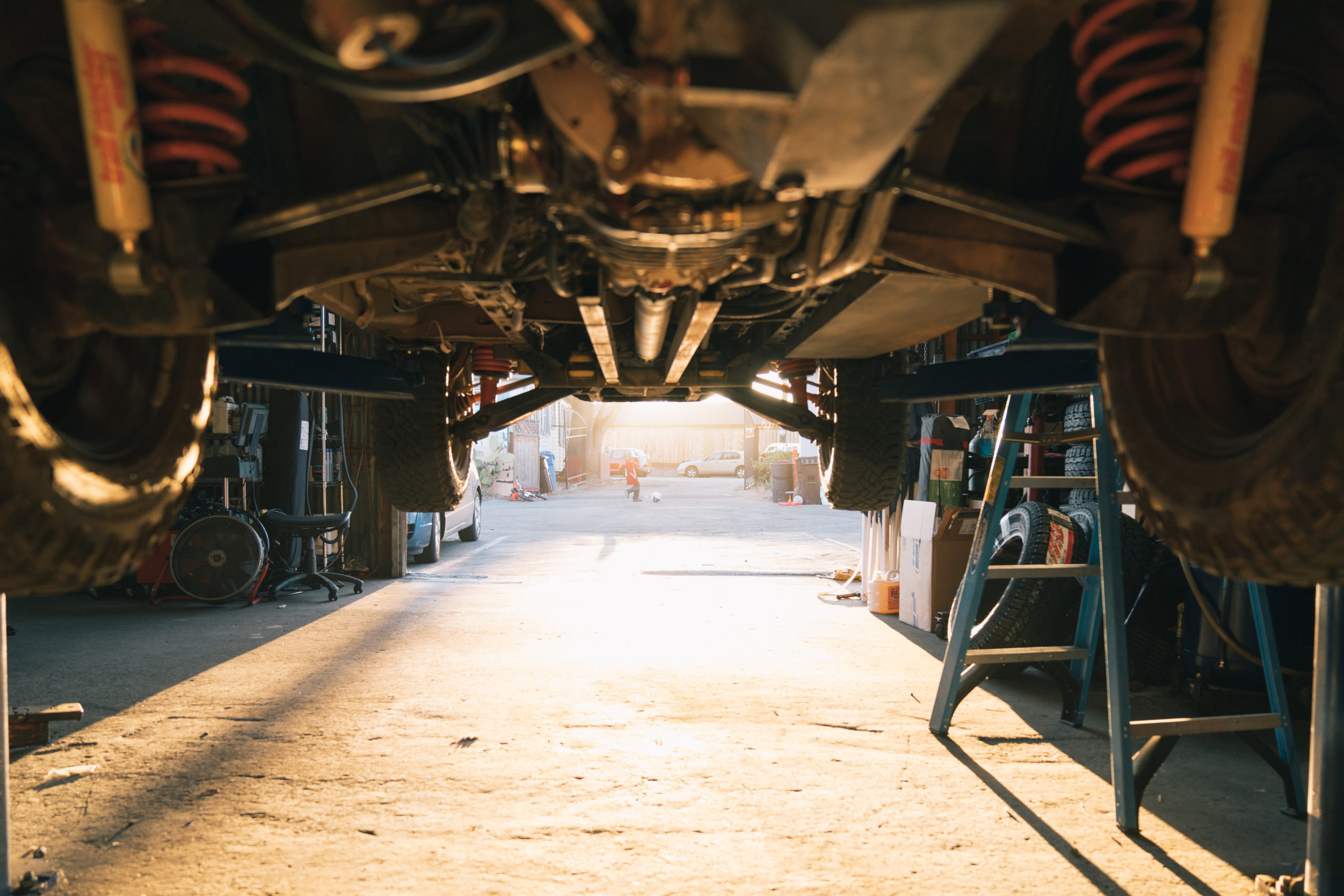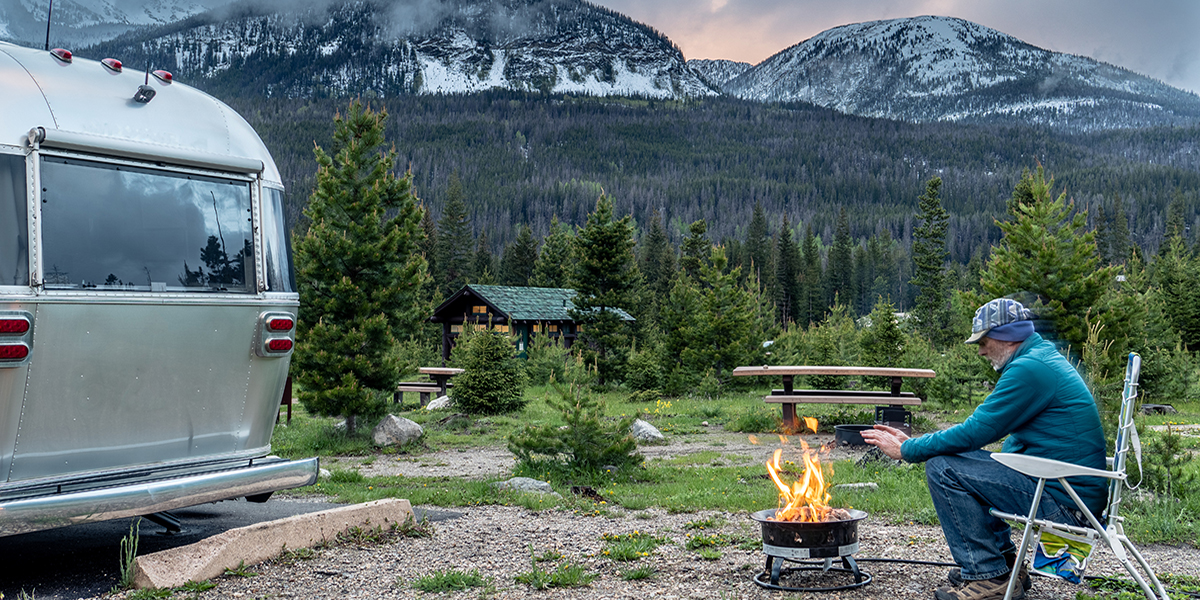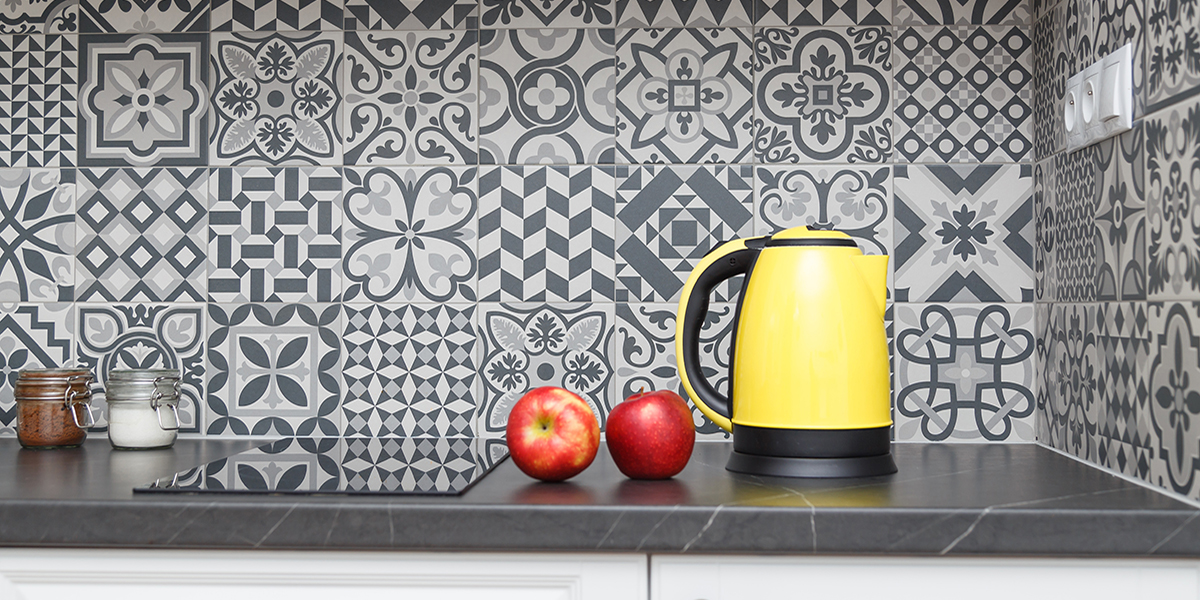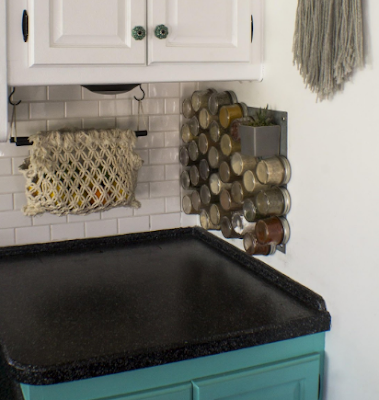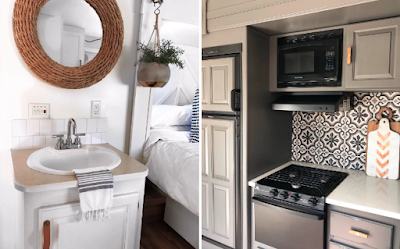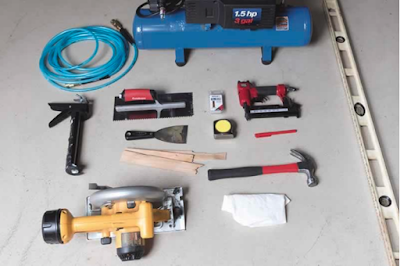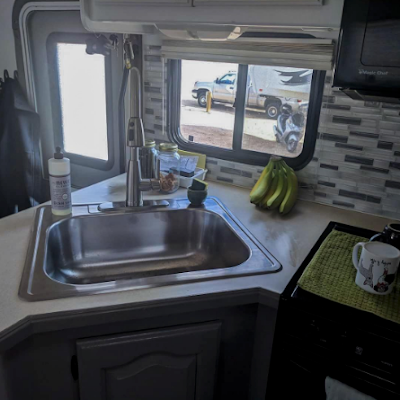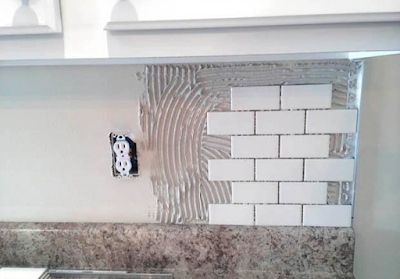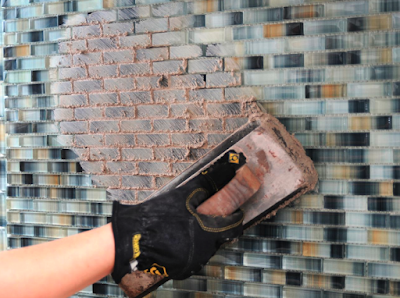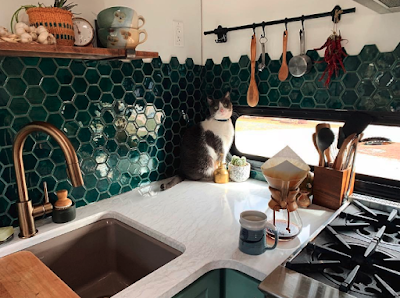Renovating your RV’s interior is an excellent way to modernize the space and make it your own. The list of potential RV projects is endless, and, with each individual improvement, you are sure to add more character and personality to your space. When renovating your RV, it’s important to complete each task entirely before moving on to the next one.
Once these more technical projects are complete, you will be ready to begin the more aesthetic projects. Once such aesthetic project is replacing the (often) dark, outdated RV furniture with brighter, more modern furniture that you would typically find in a more traditional home. This project will add a final layer of completion to your RV, while making it feel more like a real home away from home. Read on for a full tutorial on how to replace your RV’s furniture and bring a more modern vibe to your space.
1. Measure current furniture
Start by measuring your current RV furniture to know what will fit in your space. This typically includes your couch(es), reclining chairs, and maybe even your dinette table and chairs if you also wish to replace those. Be sure to measure the length, width, and height of each piece of furniture.
Keep in mind that the height and width of the new furniture you choose do not necessarily need to be the exact same as the previous furniture. However, additional width will extend into your living quarters, occupying precious floor space. Additional height is not an issue, as long as the new furniture is not covering part of your windows. Be sure to record your measurements somewhere once you have them.
2. Remove old furniture
3. Shop around, select furniture
When replacing your RV’s old couch, many people opt for a futon. These are perfect for RVs because they double as a bed when you have guests or additional family members who need somewhere to sleep. Most RV couches are sleeper sofas, so it is helpful for both your future trip planning and resale value to replace your old couch with a new one that also serves as a bed. Just be sure to find one that fits into your space well. In addition, be sure to find a new couch that compliments the color scheme of your new space. Many people tend to stick with more neutral tones, as these are more subtle and can easily be decorated with brightly-colored throw pillows and blankets. However, if that bright green couch is calling your name and you feel that your space can handle such a bold choice, then go for it. Just be sure to compensate for the statement piece with simpler pillows and decor.
If you are updating your RV’s reclining chair, there are a number of new pieces of furniture that will work well as a replacement. You could replace the old recliner with a new one, or you could replace it with a simpler accent chair. If you choose either of these options, be sure to choose a chair that appropriately coordinates with the new couch and the rest of your space, as well.
If you are not wanting to add another recliner or accent chair to your space, you could consider installing a small bookshelf, an ottoman, a bench, or an accent table in place of your recliner. The options are endless, and all that really matters is that your new piece fits into your space and coordinates well with the rest of your decor and colors.
Finally, you must choose a new dinette set-up if you are replacing your eating area. The most typical replacement is with a table and chairs, but there are a number of other options that will work Be sure to measure everything to make sure it will fit before purchasing it and bringing it home.
4. Assemble new furniture
Once you have your new furniture, you must bring it inside your RV and assemble it. Simply follow the exact instructions on the packaging, and put your furniture together. Once it has been put together, slide it into whatever place you have chosen for it to reside.
5. Anchor new furniture
Lastly, before you take your new furniture for a spin, you must anchor it to the RV floor and/or walls. This will ensure that you can safely move down the road without your furniture sliding all over the place. You can bolt new couches, accent chairs, tables and bookshelves to the floor fairly easily. Kitchen chairs may be a bit more difficult, as these slide in and out when you are sitting or standing. In this case, you can install a hooking system where the chairs can temporarily attach to the table to keep them in place when you are in transit. Whatever method you choose to anchor your new furniture, be sure to double check that it is secured safely before you take it out on the road.
Adding new furniture to your RV space is one of the final steps to bringing the RV into the modern century. New furniture vastly changes the overall look of the space and adds so much character and personality. Once you have your new furniture installed, you are ready to begin decorating. Stay tuned for our next installment to learn how to put the final finishing touches on your new RV interior.
Have you installed new furniture in your RV? What process and methods did you use? Feel free to share in the comments below!
